|
Sixteen years ago, I was given the most beautiful gift of my life. At the age of 37, I had two children, and according to my life plan, my childbearing duty was done. I had joyfully completed years of baby nursing and toddler chasing, and while I loved those years, I was now ready for adventure. His father and I had taken up running as a hobby, bought a camper, and traveled around the east coast racing in half marathons three or four times a year. Physically I was in the best athletic shape of my life. Alas, God had another plan for us. Throughout the pregnancy, I continued to run. At six months pregnant, I ran my last 5 K of the season in under 30 minutes, and won first in my age group. Of the three, this was my easiest pregnancy. I did a lot of research making sure running was healthy for the child, and found that it was highly recommended as long as the mother was used to running and stopped when there was pain. As a matter of fact, I read studies that babies born of mothers who ran during pregnancy were healthier and had higher IQ’s. I knew in my heart and still do that this little boy was very special and destined for something great. He is my only brown eyed child, and looks like my little (now big) clone. He has a sweet, loving disposition and not a selfish bone in his body. He can be funny, talkative, or quiet and thoughtful. He takes in everything around him, analyzes it and comes up with own ideas. He is like a sponge, soaking up knowledge from everywhere. At sixteen, he, at least to me, seems wise beyond his years. As a young child, his favorite things were matchbox cars – he collected about a million – and legos – at least two million. Before the age of three, he was able to recognize cars and trucks on the street by their make and model. This always amazed me, and I figured it was something he got from his dad. Legos were one of our favorite things to play together. First, he and I would put the sets together according to the instructions, with Connor always correcting me when I messed up. Then, when he was tired of playing with it in its factory design, he would take them apart and build new designs according to his imagination. He built them into airplanes, race cars, houses and forts with creative flair. Connor loved to be social and play with other kids, but he was often happiest playing quietly in his room for hours building legos or lining up his matchbox cars. Connor has experienced many challenges in his young life, some good and some not so good. When he was ten, his father and I parted ways. This was a traumatic time for him. I worried, because he was so quiet and refused to talk about it. His life has been split between two homes, and he has seen the ups and downs of relationships and new people being introduced into his life, for better or for worse. He watched as his older brother and sister grew up and moved out on their own. I always tell him I learn from my mistakes, so he will turn out perfect. And, for the most part he is. Four and one half years ago, June 2012, we bought some land, which we hoped would become a farm. In August of 2013, we sold the house he grew up in and left his neighborhood of Applewood subdivision, and moved into a small rental house in Proctorville while we planned and built a house on the farm land. At first, he was not happy about this move. His fear was moving away from his friends and his familiar surroundings. He was not so sure that farming was for him. He didn’t have a place to ride his skateboard, and video games and TV seemed so much safer. Over time, he has made new friends and realized he didn’t miss the neighborhood kids much anyway because everyone was always busy with their own lives. Joining 4 H five years ago opened doors and opportunities to learn about things we didn’t know existed. Each year, he has raised Market Chickens and entered them in the fair. The first year was a learning experience, but he still managed to win first in his age group, and fourth overall for best chickens. During his second year, he won Showman of Showmen in the junior division. In addition to chickens, he has gone on to experience other projects such as dog obedience training, shooting sports and goat showmanship. The farm has given Connor experiences that he would otherwise never see. We raise chickens for eggs and have even hatched a few of our own. He has raised and bottle fed lambs, goat kids, milked a goat and drank fresh goat’s milk. He knows all about deworming, vaccinating, hoof trimming, and many other vet duties to keep the animals healthy. He can grow a garden, bale hay, use a screw gun and a saw, and chop wood with an ax. He has learned responsibility and the value of hard work. He knows where our food comes from, and that blood, birth, growth, health and death are all parts of farming, the food chain, and the circle of life. And so, the boy who was once my baby is now a young man entering a new and challenging phase of his life. Mama is not as smart as she used to be, and farm chores have become a bit of an inconvenience. Cars, girls, college classes, weightlifting, and plans for the future fill his mind and occupy his time. One day, maybe I will get smart again and he will remember all those valuable skills he’s learned. Still, I am a proud mother who is grateful to have been given this son, a beautiful gift and a second chance, and thankful for each day as I watch you grow. Happy Birthday, Connor. I love you with all my heart. Mom
0 Comments
More than a year has gone by since I started learning to make soap. It all started with excess milk from my goats, and suggestions from friends and family. What I didn't realize one year (15 months) and 42 batches of soap ago, is that soap making is addictive. Maybe its because the possibilities are endless in formulas, scents, swirls, colors and shapes. Maybe its because each batch is another lesson, a little something is learned making you want to try again to perfect your technique and apply something new. While I love using my soap and giving it away as gifts, I've also come to realize that if I want to keep making it, I also need to sell a few because 1) I can't use it all 2) there isn't enough room in my closet to store it all and 3) soap making supplies are expensive! I have also learned, there are a lot of soap makers out there. To differentiate Tangle Ridge Farm, I'm trying to find my 'niche' and continue to focus on using as many all natural ingredients as possible. I use only natural colorants, mostly clays, and (with a few exceptions of customer favorites), use only essential oils for fragrance. My soap contains milk from my goats. The beauty of this is I can freeze extra milk in the summer and have it available to use all year round. Over the past few weeks, a lot of soap making has occurred. Its a great way to spend time on cold rainy weekends when the days are short and there isn't much outside work that an be done. Using what I have learned over these past months, both from experience and research, I have put together what I hope are some new and improved formulas with a better look and larger bars. Lavender - This is a large, solid white bar scented only with Lavender essential oil. The formula used is expected to be very bubbly and conditioning. It contains goat milk coconut oil, palm oil, olive oil and castor oil. It was made on 11/19/16, and is essentially ready now as soon as I prepare it. I found a new mold and I LOVE that makes large thick bars, easy to cut and helps prevent the dreaded 'center gelling' effect that some of my earlier soaps would do in the loaf mold. The center gel doesn't hurt the quality of the bar, but I didn't like to darker color it made in the center. One of the tricky parts about using milk in soap is the sugar in the milk reacts with the lye to heat up and, even with preventative measures, can cause this reaction to occur. Certain additives and essential oils will cause it to heat up as well. This mold increases the surface area of the soap and helps to reduce the effects of the heat. Fruit and Flowers - Honeysuckle A repeat and slight modification of a favorite scent. I was on a quest for bubbles, and this one will have it. It contains goat milk Palm kernel oil, Lard, Sunflower oil, Shea butter and castor oil. Rose clay gives it the pink color, and scents are Honeysuckle fragrance oil and orange essential oil. Formulated on 12/1/16. Sugar and Spice Another bubbly and creamy formula containing goat milk Lard, Palm kernel oil, coconut oil, castor oil, sunflower oil, olive oil, and cocoa butter. It is scented with cinnamon essential oil and white tea and ginger fragrance oil. A fine layer in the center and on the top of cinnamon, turmeric and ginger spice gives it a little color and exfoliation. Created on 12/3/2016 Oatmeal, milk and honey - I have attempted this one several times, and this is definitely the best yet. This will be a mildly cleansing and highly conditioning bar. It contains local honey and ground oats, along with oats and honey fragrance oil. Oils used were Shea butter, cocoa butter, rice bran oil, olive oil, palm kernel oil, coconut oil, avocado oil and castor oil, along with of course goat milk. Made on 12/22/2016 Mint Coffee soap Another repeat favorite and definitely an improvement over previous batches. This is a PALM FREE formula for those who prefer to avoid palm oil. I also want to protect the rain forest, so when I buy palm oil it is always from a certified sustainable source. This recipe contains goat milk , Olive oil, Babassu oil, cocoa butter, avocado oil, sunflower oil, mango seed butter and castor oil. Additives include coffee grounds for exfoliation, ground natural vanilla bean and spearmint essential oil. Merlot The only soap I have ever made that does not contain goat's milk. I almost feel like I cheated somehow by leaving my girls out on this one. This soap contains reduced Merlot wine, coconut oil, palm oil, sunflower oil, olive oil, shea butter and castor oil. a top layer containing rose clay was added for accent, and scented with Berrywine fragrance oil. Made on 12/18/2016. Manly A simple, palm free formula that will be a hard bar with lots of bubbles. It contains goat milk, lard, coconut oil, and castor oil. Tinted with French green clay, and scented with manly fragrances of cedarwood, anise and rosemary essential oils. I think this one will be a new favorite. (12/30/2016) Conditioning - no name yet I haven't put a name on this one yet, but it is highly conditioning formula and palm free. I also attempted a swirl in my loaf mold. This soap contains a high percentage of Lard, along with olive oil cocoa butter, mango butter and castor oil. Colors include Moroccan clay, titanium dioxide, and activated charcoal. It is scented with lemongrass, lavender and cedarwood essential oils. (12/23/2016) Bastille Luffa High in olive oil, with coconut and castor added for hardness and bubbles. Inside each is a luffa sponge grown here at Tangle Ridge Farm. One batch is tinted green with French green clay and scented with pine and lime essential oils, and the other contains kaolin clay and is scented with island coconut fragrance oil. (12/27/2016). Due to the high olive oil content, it will require a longer curing time to harden. Chamomile
Another palm free recipe that will be mildly cleansing and bubbly, with chamomile flowers for exfoliation. It contains goat milk, coconut oil, avocado oil, rice bran oil, babassu oil, and sweet almond oil, Scents include tea tree and lavender essential oils (1/1/2017) The next one I want to make is BEER soap! I'm anxiously awaiting some kootie brown craft beer to get started. Its that time of year again, Science Fair. While I would not consider Connor or myself mad scientists, or even lab rats, we have learned a few things about using a microscope to examine livestock feces. I wanted to share our experiment and results because it may be of interest to my fellow goat lovers. Last year we conducted a similar experiment with sheep, Our hypothesis was: If copper bolus treatment is given to goats, then their fecal egg counts will decrease. We conducted the test in two steps. First, we randomly selected 4 goats to recieve Copper Oxide Wire Particle bolus and 4 who would not recieve copper or any other medication. We used the recommended dosage of 4 Gm/ 100 pounds, and administered using a bolus injector to the back of the throat then held their mouth closed and encouraged swallowing. At the same time, we conducted a FAMACHA examination of their eyelids, and obtained a fecal sample from each goat. We prepared our samples and viewed each under the microscope, counting eggs and documenting each carefully. We prepared two slides for each goat sample and took an average of the two as our final result. Two weeks later, we repeated the examinations and compared our results. The goats in the control group were administered COWP this time for good measure.
Our results were as follows: Each goat who recieved COWP with the initial testing had a reduction in fecal egg count two weeks later. Goat 1 - 37.3 % reduction Goat 2 - 2.44% reduction Goat 3 - 82.6% reduction Goat 4 - 24.14% reduction Average reduction - 35% Goats who did not recieve COWP initially, two had an increase in Fecal egg count, and two had very minimal reductions in fecal egg count. While this is not earth shattering information, it confirms the benefits and importance of Copper in the health of goats, and reinforces to me the importance of maintaining a regular treatment schedule for copper. Keep in mind this test was conducted in November when goats are off pasture and typically have lower worm loads due to eating hay and not browse. All of their FAMACHA scores were within a 2 - 3 range, and no one was denied a necessary treatment. His Abstract gives the Readers Digest version for those who are interested: "Haemonchus contortus, barber pole worm, is the main concern of many goat producers. Management through anthelmintics has become marginal due to parasitic resistance to most common dewormers used throughout the United States today. Additional methods, including copper oxide wire particles, or COWP, have proven to be highly effective in reducing worm counts of small ruminants. The U.S. department of Agriculture found that ingested COWP particles are a way to control barber pole worms. They found that doses as low as ½ gram reduced nematodes b 60-90% for at least four weeks. The exact mechanism of COWP is not fully understood. Researchers believe copper has a direct effect on the internal parasites. It may also help to boost the immune system of the animal. Many goat producers in the southern Ohio area struggle with internal parasites and finding the best treatment. This experiment was conducted to see if the copper bolus treatment method is effective. It is believed that if a sample of goats is given copper, then their fecal egg count would decrease more than those of goats that had not been treated with anything. Using the McMaster FEC method and standard equipment, tests shall determine substantial reduction in fecal egg counts in treated animals. After testing, it was determined treated animals showed a 35% average reduction in fecal egg count. In conclusion, the hypothesis was confirmed and copper oxide particles contribute to a reduction in fecal egg count. The results of this experiment can be applied to responsible care and management of goats. Along with other preventative measures, goat keepers may safely utilize COWP in prescribed amounts on a regular basis to assist in the control of barber pole worm." |
AuthorMy name is Christy Franklin. Archives
February 2021
Categories |
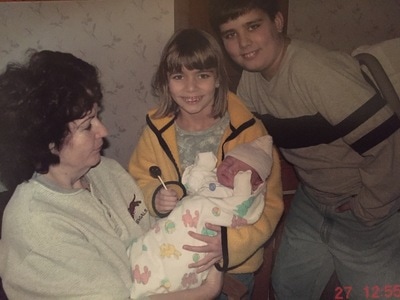
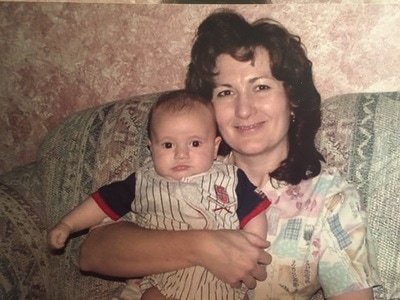

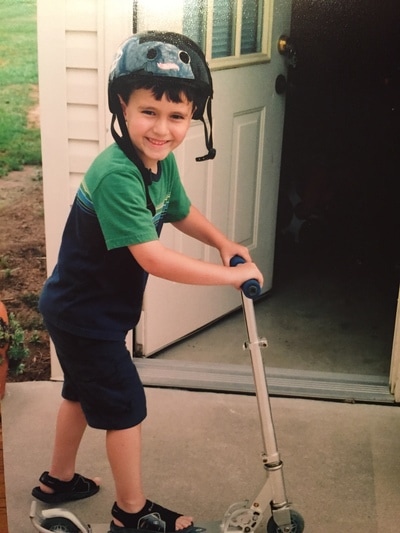
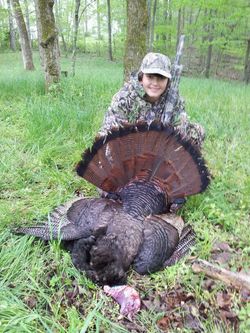


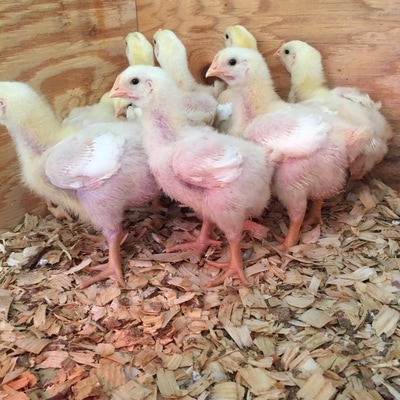

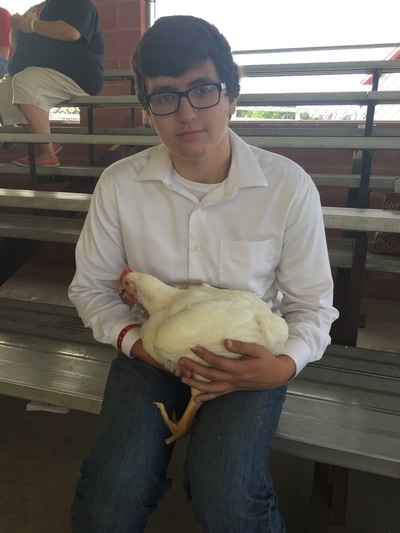
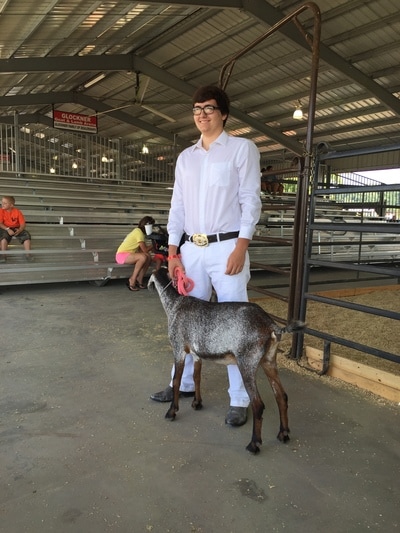
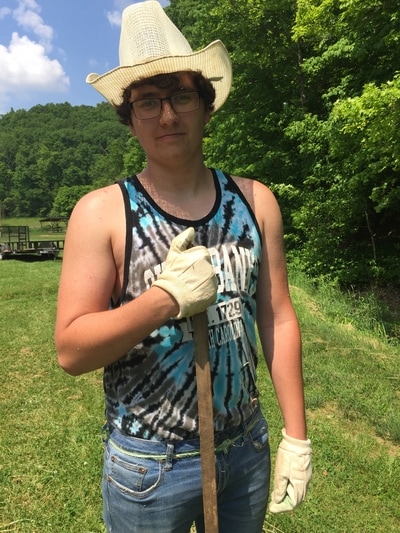
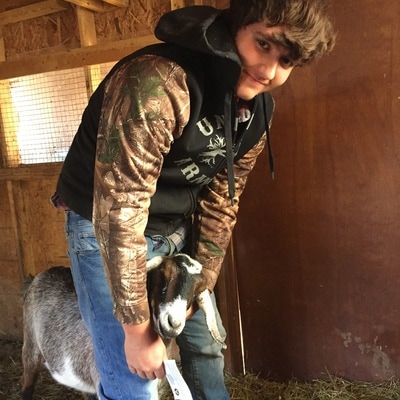
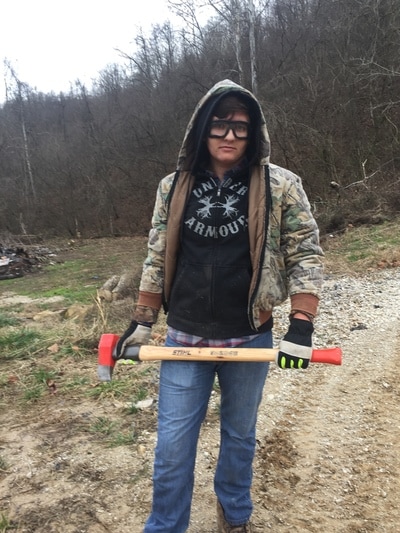
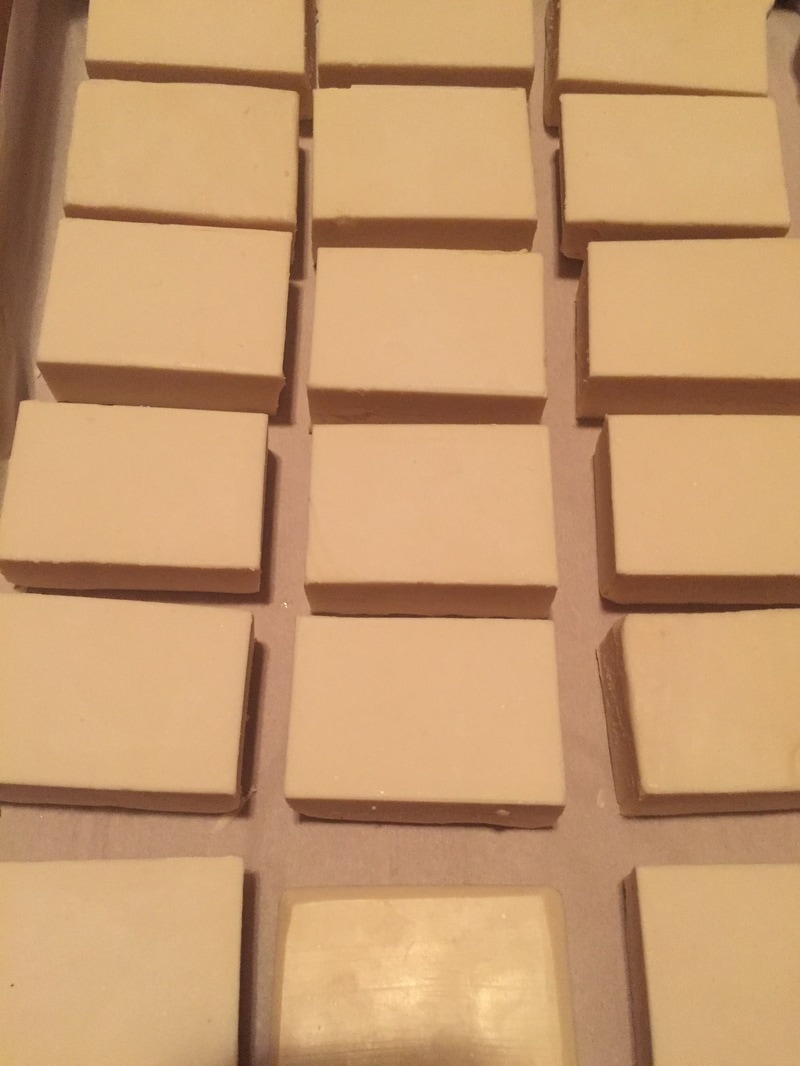
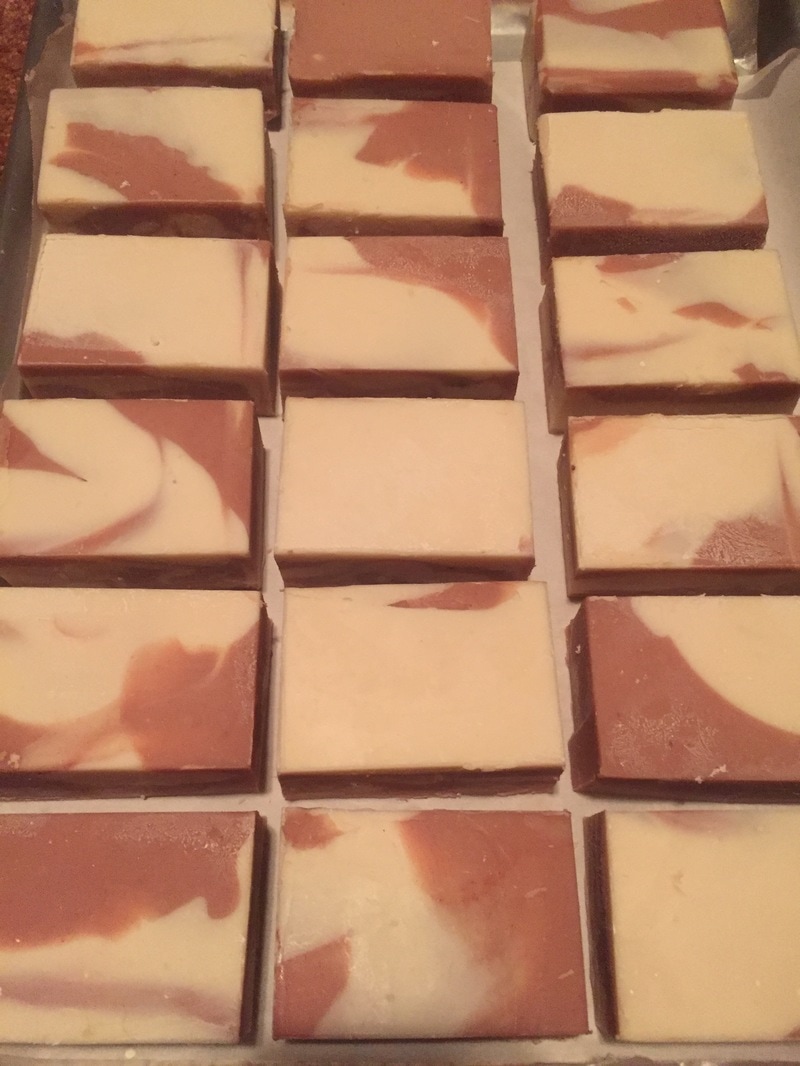
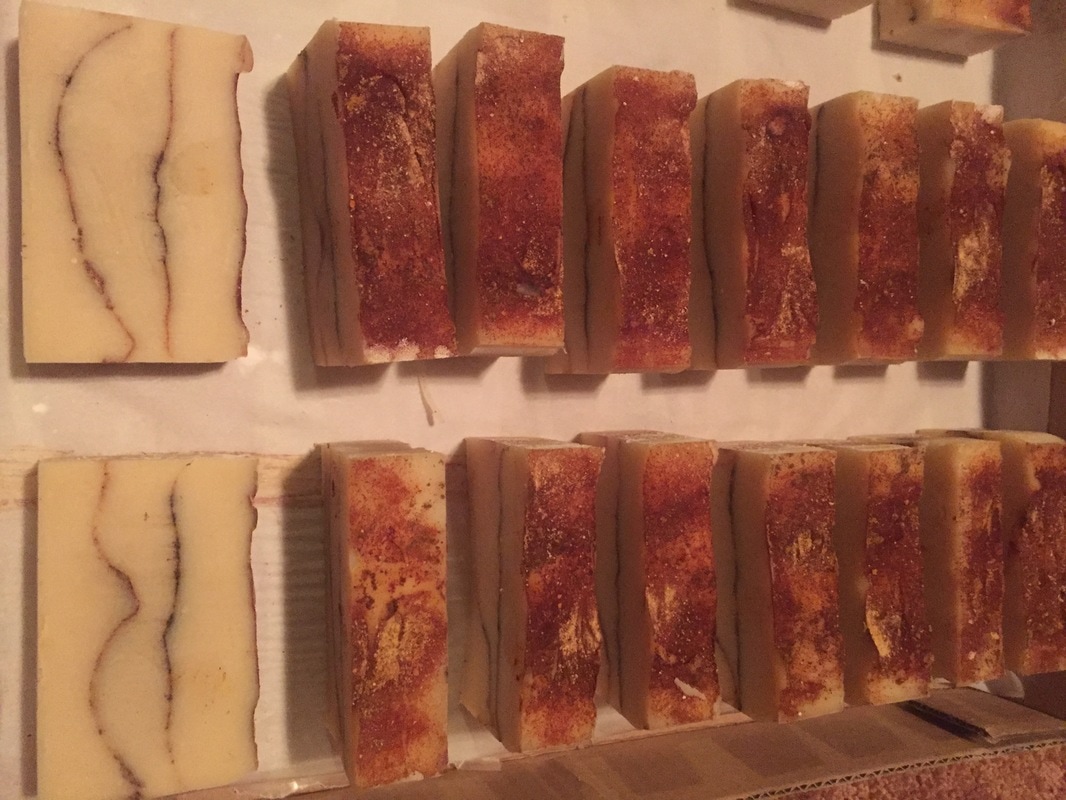
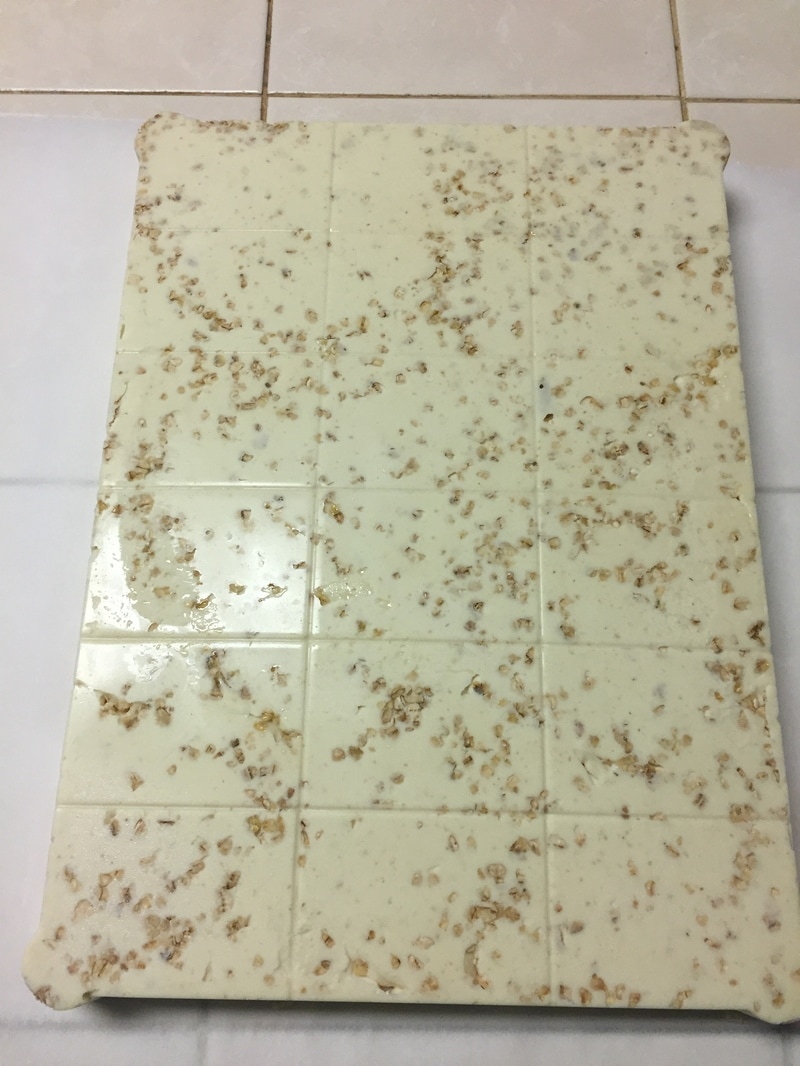
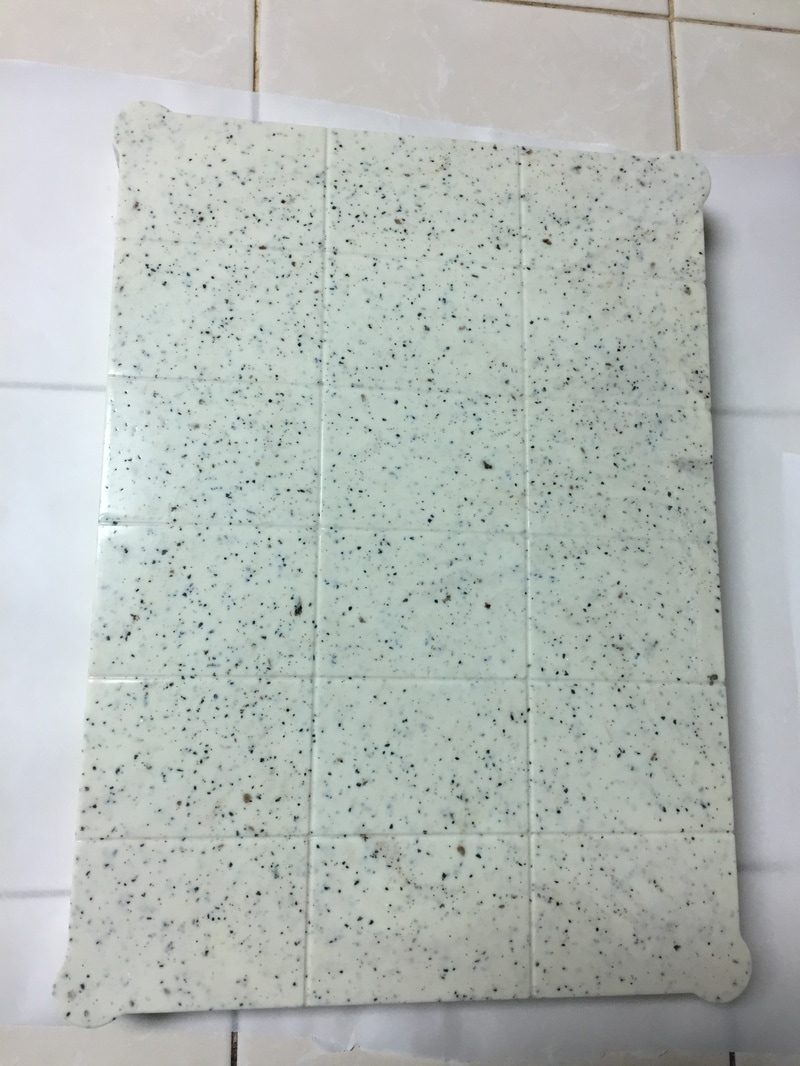
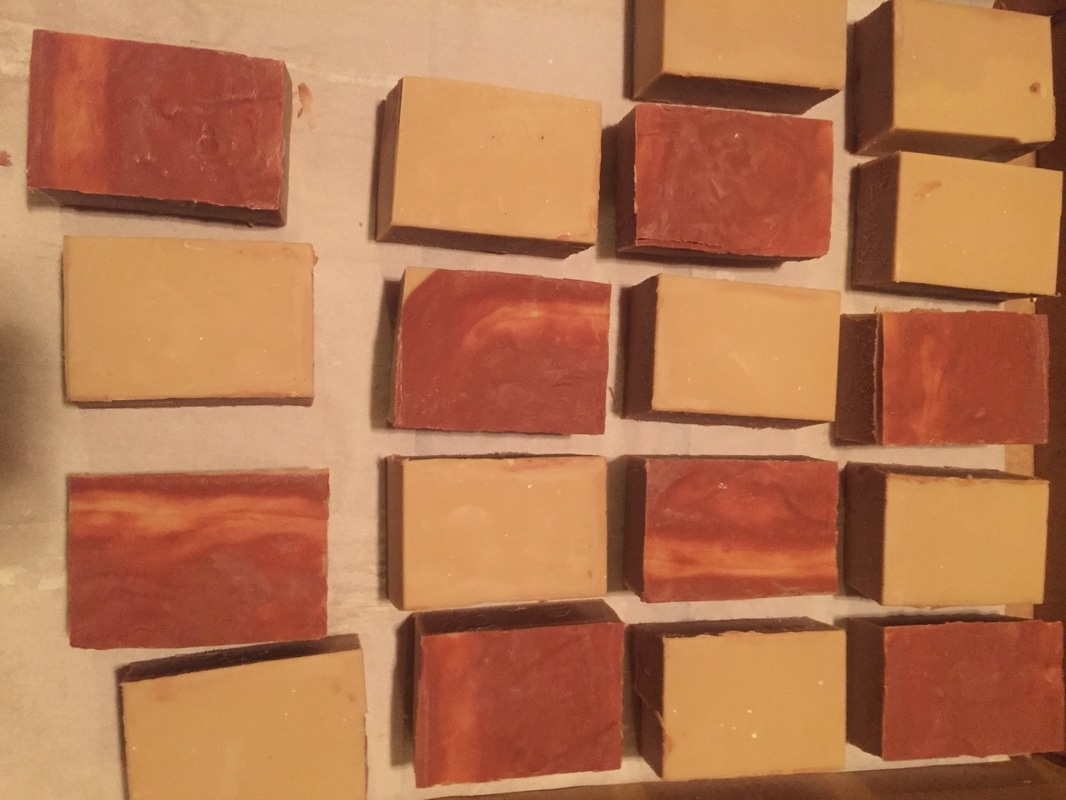
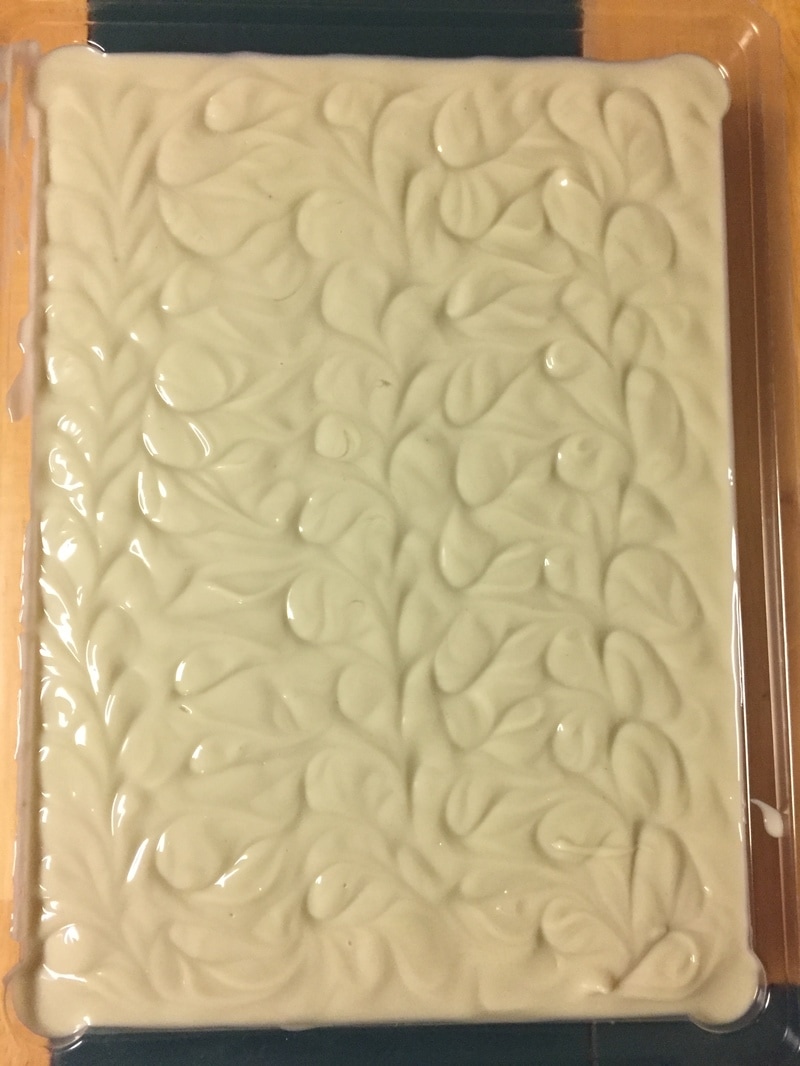
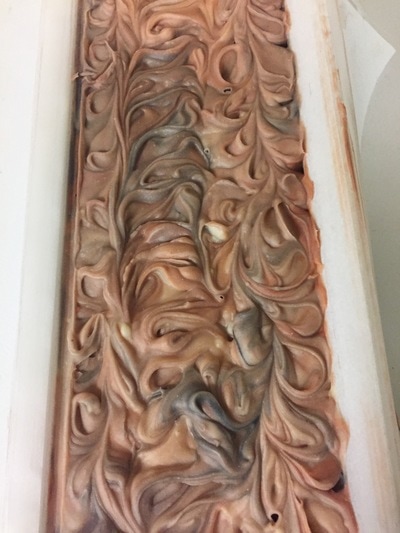
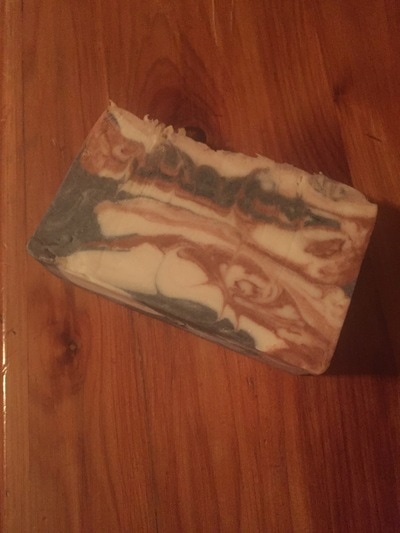
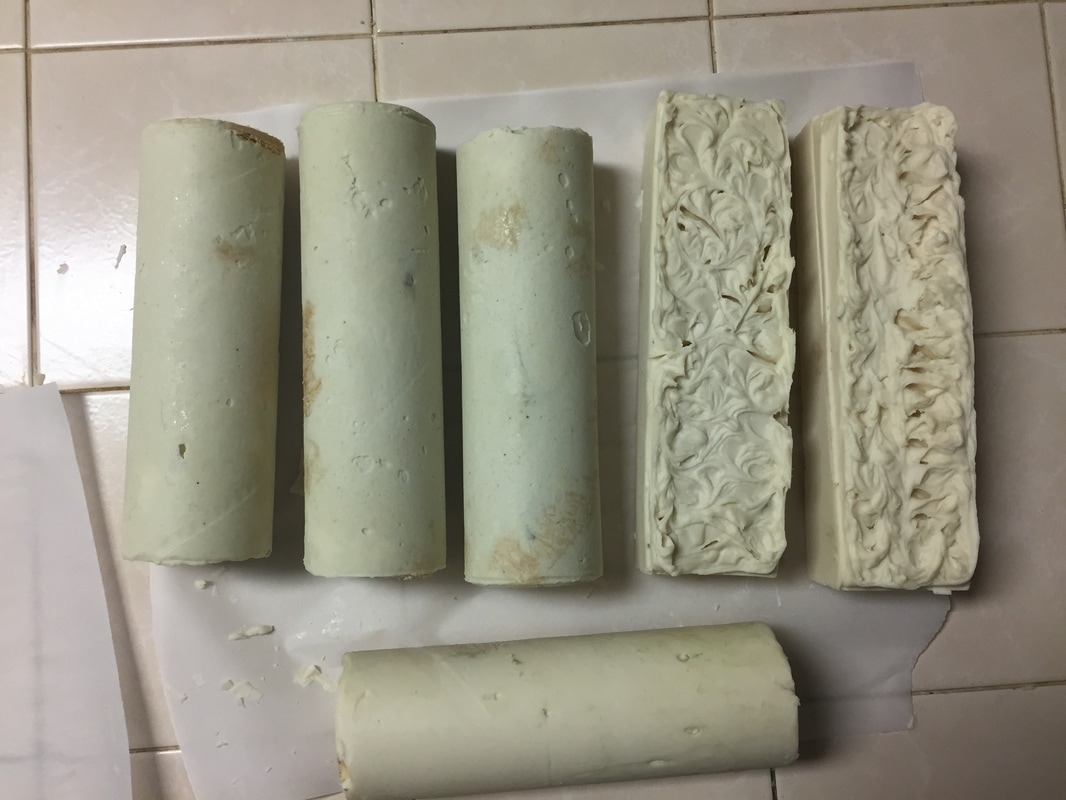
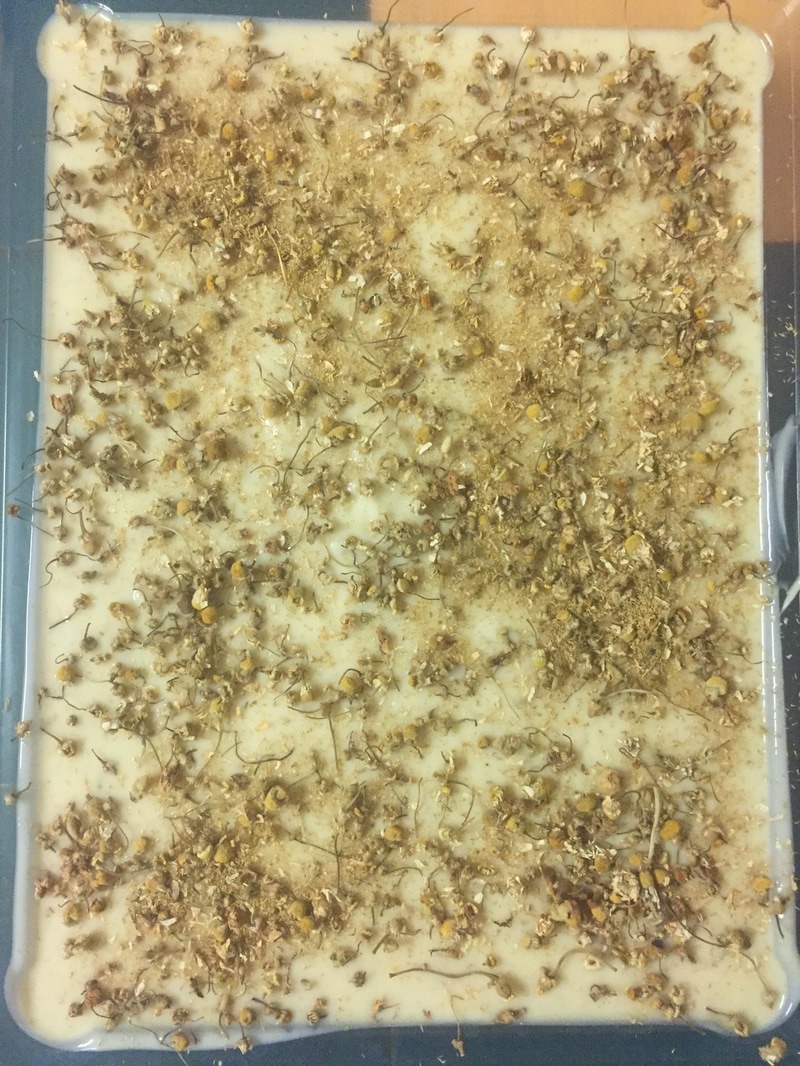
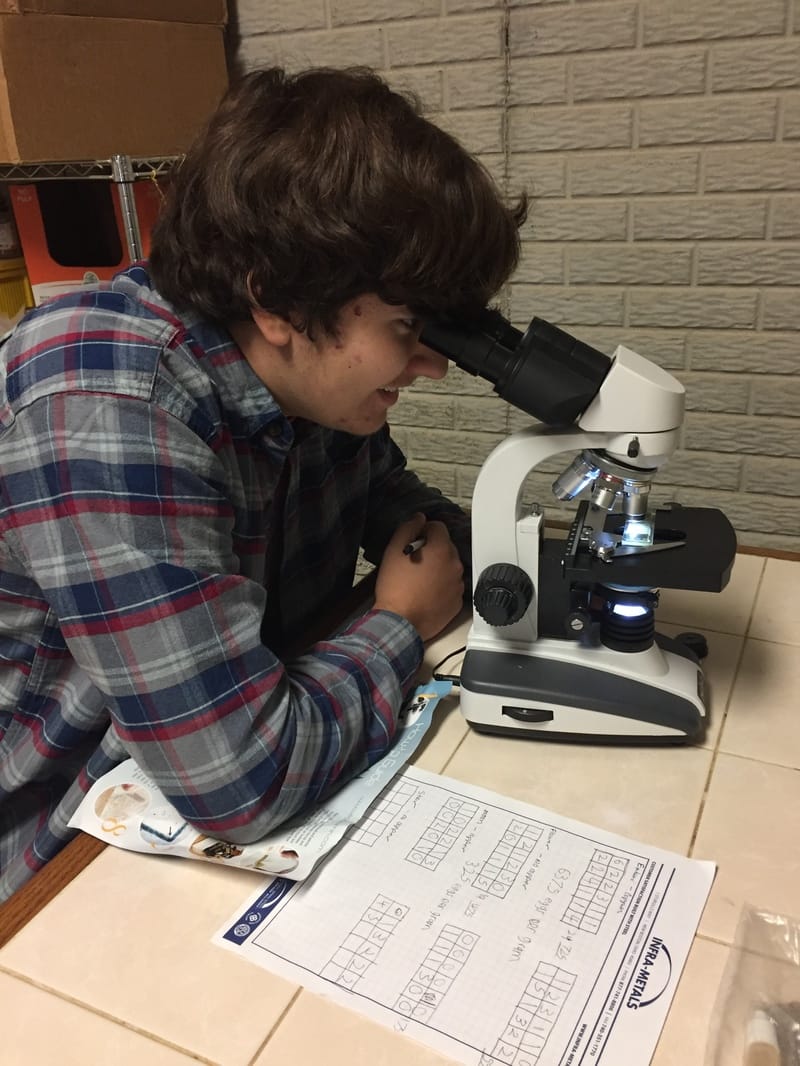
 RSS Feed
RSS Feed
